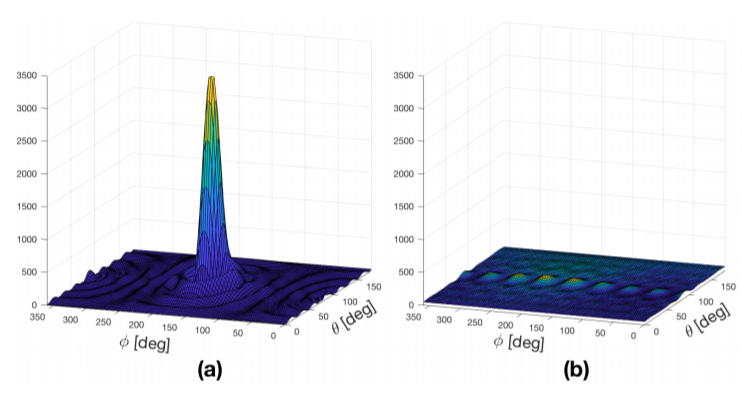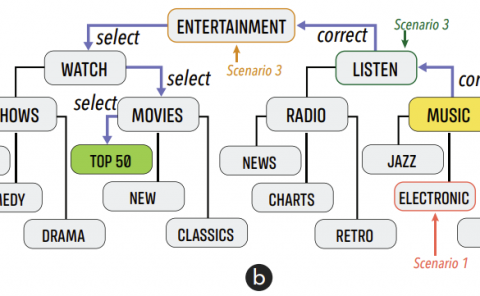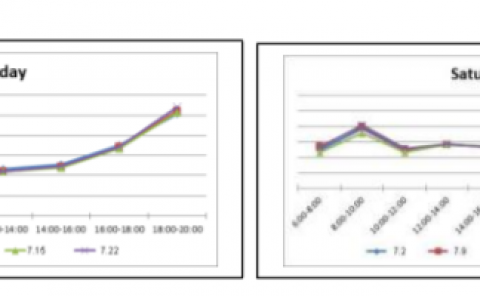Space domain-based selection of direct-sound bins in the context of improved robustness to reverberation in direction of arrival estimation
Teams: Facebook
Writers: Vladimir Tourbabin, David Lou Alon, Ravish Mehra
Publication date: May 27, 2018
Abstract
Acoustic reverberation has a detrimental effect on many of the currently used microphone array processing methods. In particular, the performance of most direction of arrival estimation approaches is significantly degraded in the presence of coherent reflections. One general approach to improving the robustness to reverberation is to operate in the short-time Fourier transform domain and select the bins dominated by the direct sound, while rejecting those contaminated by reflections. Following this general idea, a number of effective techniques have been proposed recently, many of which exploit spherical arrays and the spherical harmonics processing framework. Those approaches include the direct-path dominance test [1], the computationally-efficient local directivity-based method [2], and a method based on pseudo-intensity vectors with estimation consistency weighting [3]. While these methods are generally effective, they impose hardware and frequency-bandwidth constraints associated with the spherical harmonics domain processing framework. In the current paper, an alternative method is proposed to extract the direct-path time-frequency bins. The method computes the local space-domain distance spectrum [4] for each bin individually, and selects those which have the most clearly distinguishable peaks. This method operates directly in the space domain, thereby effectively avoiding the limitations associated with the spherical array processing framework. The performance of the proposed local space-domain distance approach is demonstrated here by comparing it to the state-of-the-art direct-path dominance method. The ability of the two approaches to select the direct-path bins is analyzed directly by comparing their outcomes to a ground-truth direct-to-reverberant ratio. It is demonstrated that the proposed approach outperforms the state-of-the-art method, while operating entirely in the space domain, and may provide improvement in the average direct-to-reverberant ratio as high as 30 dB.



